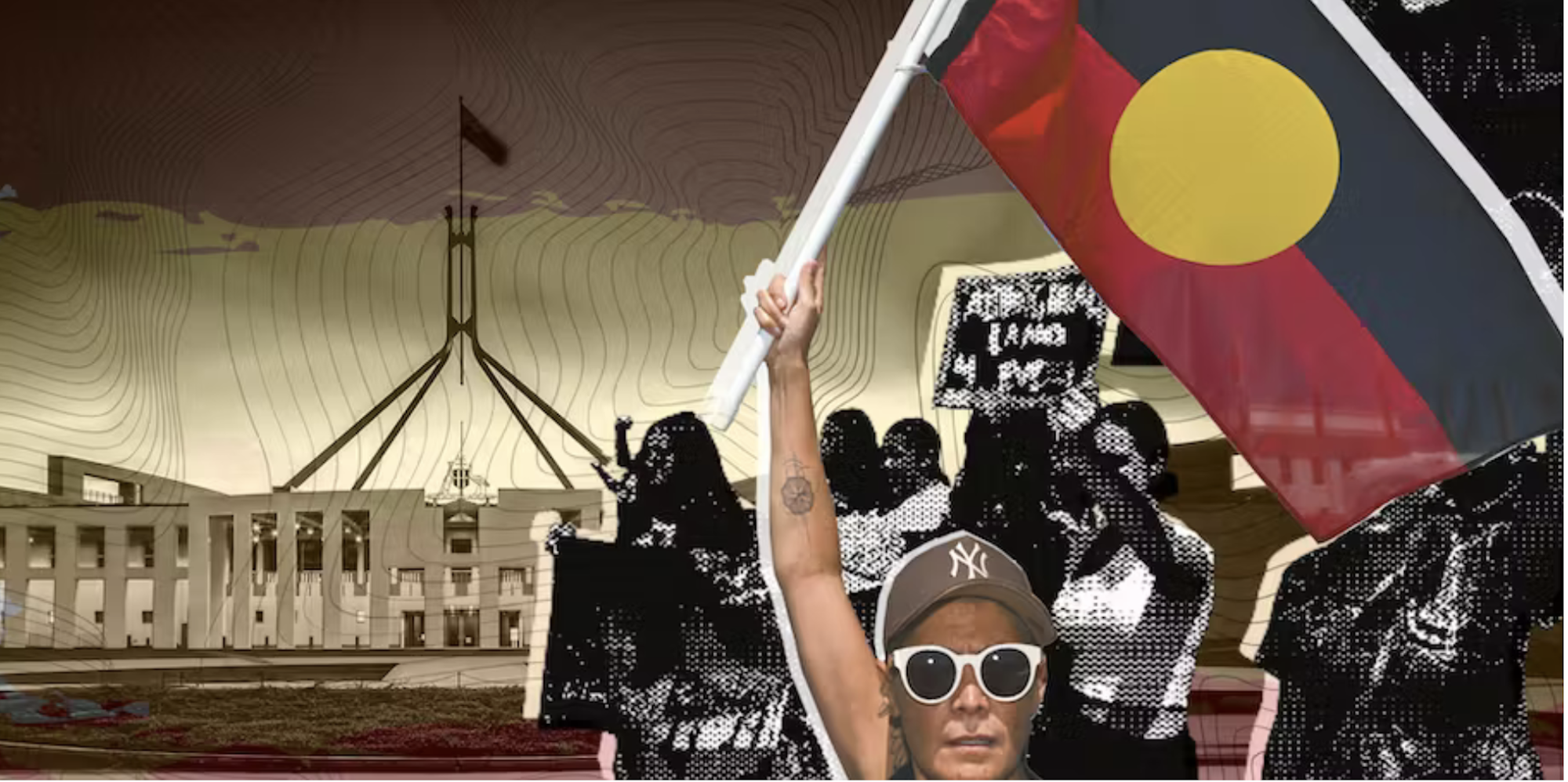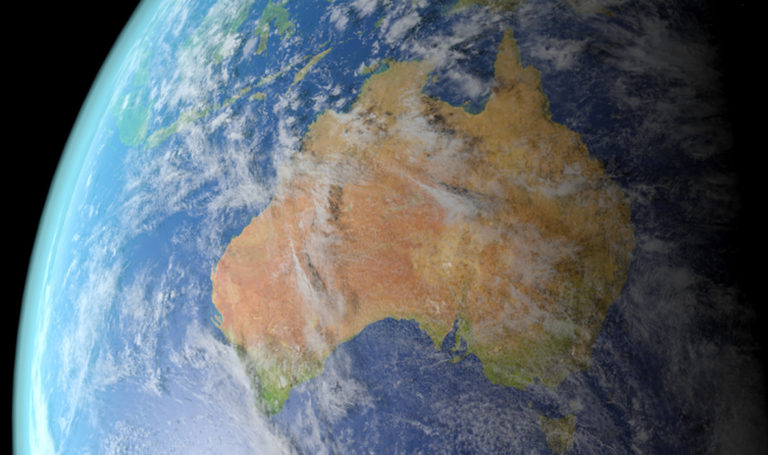
Assessing the 4-day work week
A recent UK trial of a four-day work week produced largely positive results, with over 90% of the organisations involved planning to continue the experiment. Some organisations found the experiment difficult to achieve with staff shortages already intensifying workloads for many employees, making it difficult for to increase work intensification even further. Decent, respectable work should focus on work-life balance, reducing workloads, and providing sufficient resources while engaging workers in direct discussions about their working preferences says Professor Paula Brough.



 Professor Ciaran O’Faircheallaigh
Professor Ciaran O’Faircheallaigh
